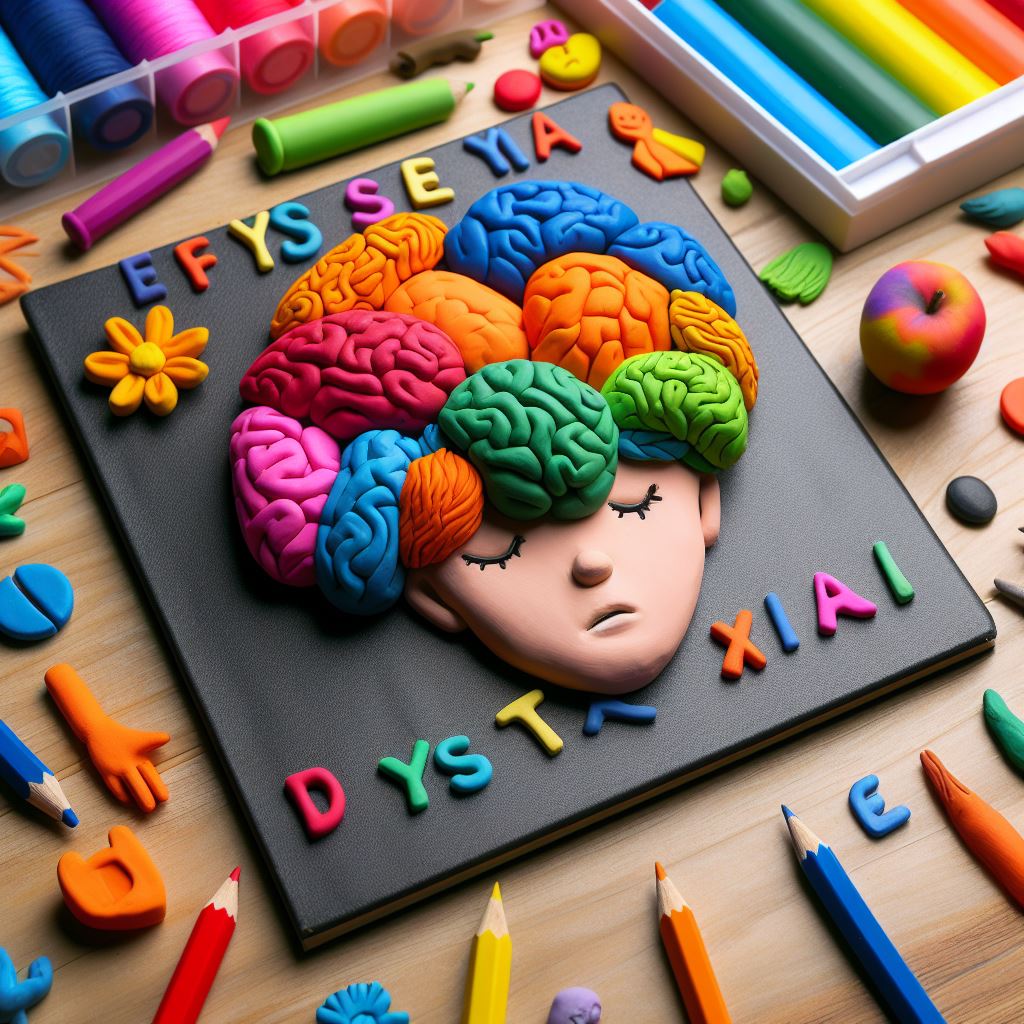Since 2018, Dyslexie Font has collaborated with the HOI Foundation to organize the Dutch Week of Dyslexia every first week of October. Our aim is to alter perceptions of neurodiversity and dyslexia by providing information to dyslexic individuals, parents, children, teachers, and businesses.
HOW DO PEOPLE GET DYSLEXIA?
Causes and Considerations
Researchers have identified a strong genetic component in dyslexia. Individuals with dyslexia often have family members who also experience difficulties with reading and language processing. This suggests a hereditary predisposition, where certain genes associated with reading and language difficulties are passed down through generations.
NEUROLOGICAL VARIANCES
Dyslexia manifests as differences in brain structure and function, particularly in areas responsible for language processing. Neuroimaging studies have revealed distinct patterns in the brains of individuals with dyslexia, indicating challenges in connecting letters to their corresponding sounds and forming coherent words. These neurological variances contribute to the characteristic struggles observed in dyslexic readers.
ENVIRONMENTAL FACTORS
While genetics play a significant role, environmental factors also contribute to the development of dyslexia. Certain prenatal conditions, such as low birth weight, premature birth, and exposure to substances like nicotine, drugs, or alcohol during pregnancy, can impact brain development and increase the risk of dyslexia. Additionally, early childhood experiences and educational opportunities may influence the severity of dyslexic symptoms.
COMPLEX INTERACTIONS
The interplay between genetic predispositions and environmental influences complicates the understanding of dyslexia. It's not solely determined by one factor but rather emerges from a combination of genetic susceptibilities and environmental exposures. This complexity underscores the uniqueness of each individual's dyslexic profile and the need for personalized interventions.

MISCONCEPTIONS DISPELLED
Contrary to popular misconceptions, dyslexia is not attributable to low intelligence, visual processing deficits, or simply viewing words backward. It is a distinct neurodevelopmental disorder that affects reading accuracy and fluency, regardless of intelligence level.
HOPEFUL PERSPECTIVES
While dyslexia presents challenges, it's essential to recognize that individuals with dyslexia can lead fulfilling lives with appropriate support and accommodations. Early detection, specialized interventions, and a supportive learning environment can empower individuals with dyslexia to navigate academic and professional pursuits successfully.
FUTURE DIRECTIONS
Research into dyslexia continues to advance, with ongoing investigations into the genetic underpinnings and neurobiological mechanisms of the disorder. Although a genetic cure remains elusive, understanding the intricate pathways involved in dyslexia may pave the way for more effective interventions and tailored educational approaches.
In conclusion, dyslexia arises from a complex interplay of genetic predispositions, neurological differences, and environmental influences. By fostering awareness, embracing individual differences, and advocating for inclusive practices, we can create a more supportive and understanding environment for individuals with dyslexia.